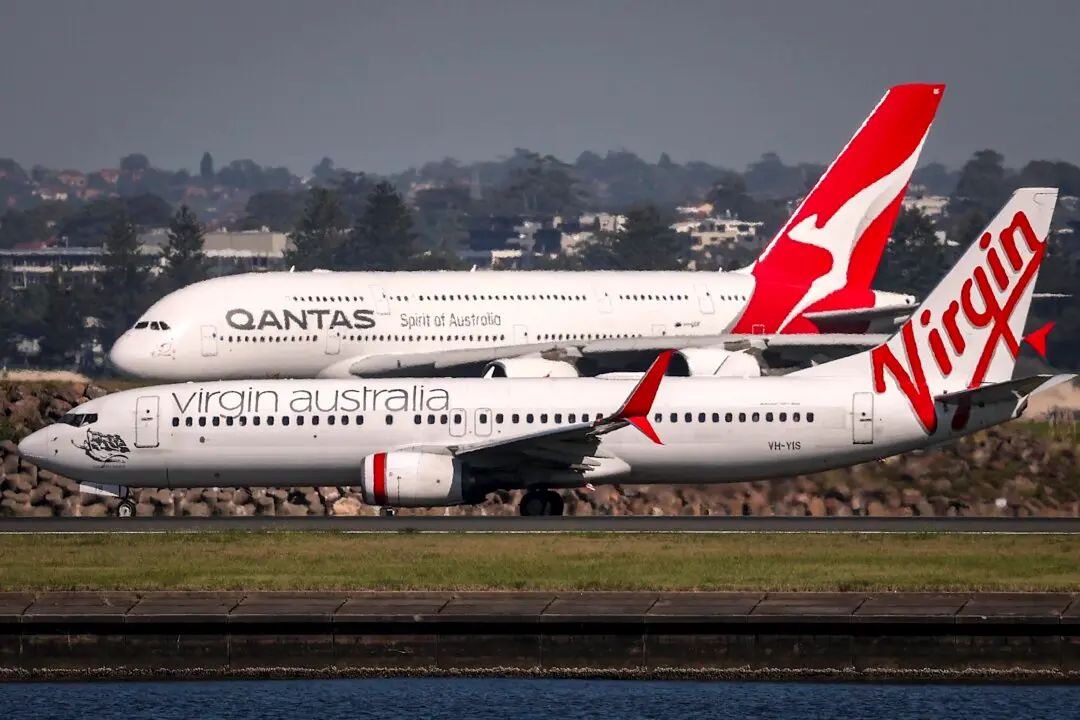Australians have narrowly avoided a new round of interest rate hikes after the Reserve Bank of Australia (RBA) decided to keep the official cash rate unchanged in July.
The central bank said the brief reprieve would provide it some time to assess the impact of the recent interest rate increases and the economic outlook.
Underlying Risks in the Economy
Despite temporarily putting its aggressive monetary tightening policy on hold, the RBA pointed out that the economic outlook was not so positive and that there were several risk factors to its inflation containment measures.While the RBA said inflation had passed its peak and shown signs of decline in recent months, the bank noted that consumer prices were still too high and would remain so for some time.
The decrease was driven by a sharp fall in automotive fuel prices and holiday travel and accommodation costs.
Meanwhile, the job market remains a major concern of the central bank as its conditions continue to be very tight, causing wage growth to accelerate.
“Firms report that labour shortages have lessened, yet job vacancies and advertisements are still at very high levels,” Lowe said.
“The board remains alert to the risk that expectations of ongoing high inflation will contribute to larger increases in both prices and wages, especially given the limited spare capacity in the economy and the still very low rate of unemployment.”
As such, the RBA said it would continue to keep a close eye on the changes in labour costs and companies’ price-setting behaviour.

Another source of uncertainty for the central bank is household spending, a significant factor contributing to inflation, due to the considerable difference in the amount of savings accumulated by Australians.
“The combination of higher interest rates and cost-of-living pressures is leading to a substantial slowing in household spending,” Lowe said.
“While housing prices are rising again and some households have substantial savings buffers, others are experiencing a painful squeeze on their finances.”
Economist’s Response
Graham Cooke, head of consumer research at financial comparison company Finder, said the RBA’s July interest rate decision was driven by the recent drop in inflation data.However, he warned that it was too early to think that the current monetary tightening cycle would end any time soon.
“While homeowners have been given a break this month, they should buckle up for further hikes this year,” Cooke said.
Similarly, ANZ Bank economists believed the RBA would continue to lift the official cash rate to as high as 4.6 percent despite a pause in July.
“The timing of a follow-up move is uncertain, but we’d favour September or October. Beyond that it’s possible that labour market conditions might be softening sufficiently to make rate hikes toward the end of this year less likely.”
Meanwhile, Sally Tindall, the research director at financial comparison website RateCity, said the one-month pause just gave borrowers a brief period to catch up with their monthly repayments.
“So a one-month breather may not be enough for many households.”
However, she noted that many banks have recently relaxed the stress test for refinancing and urged consumers whose loans were still on a fixed rate to reach out to their banks for refinancing solutions.





